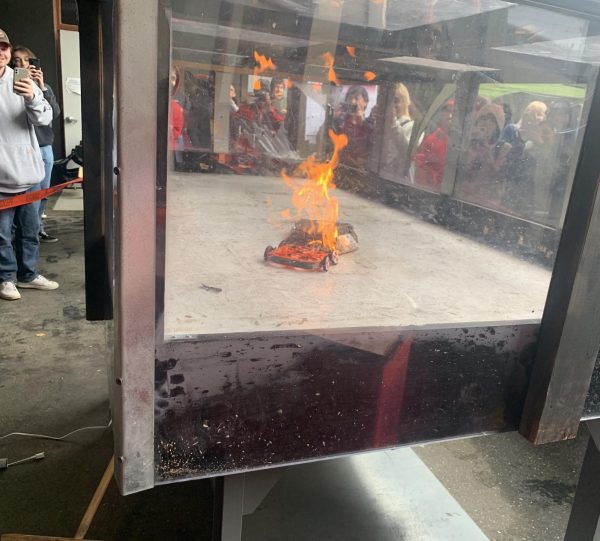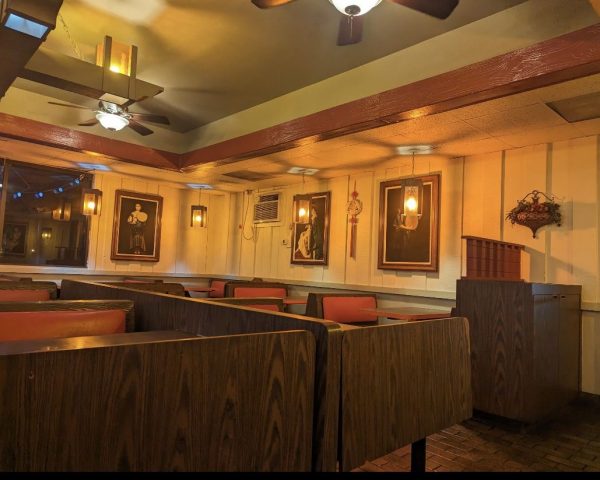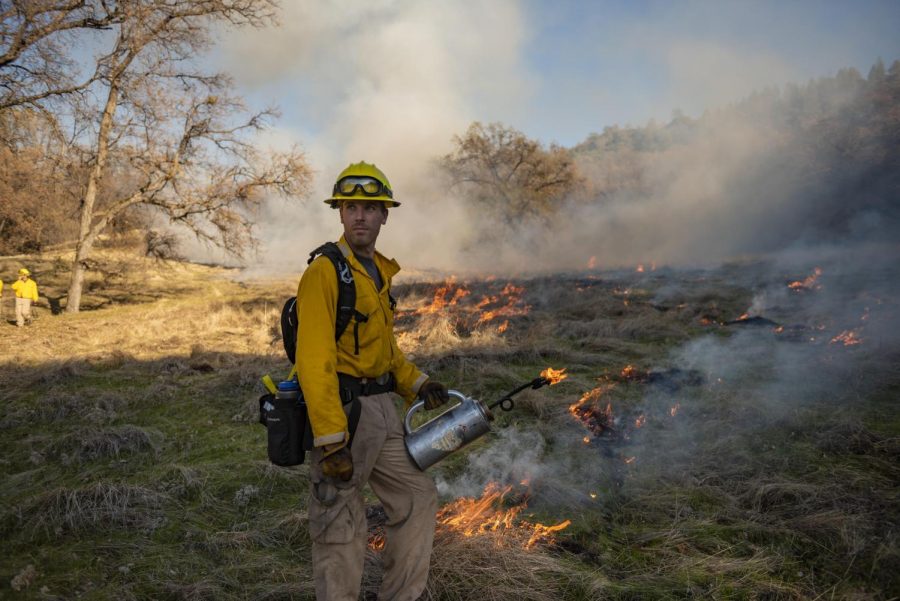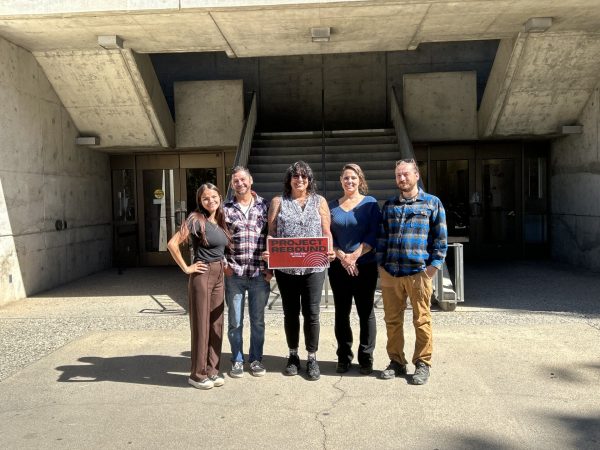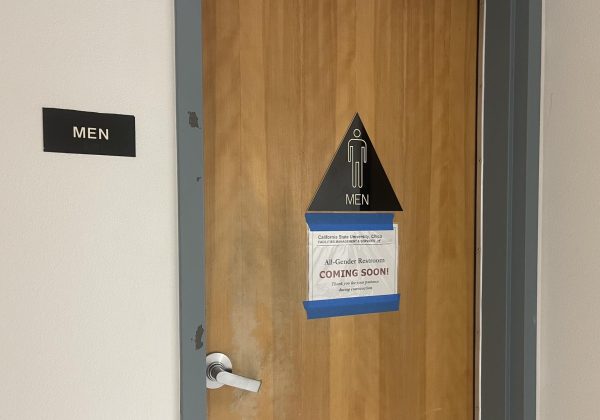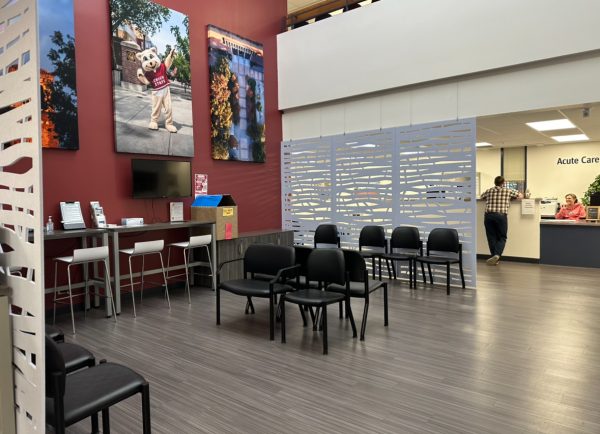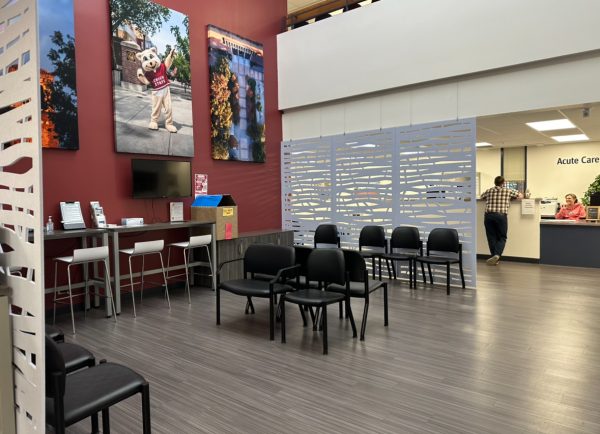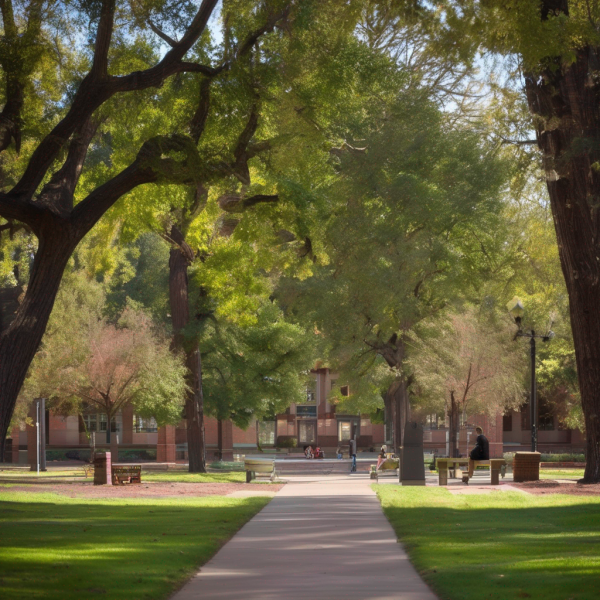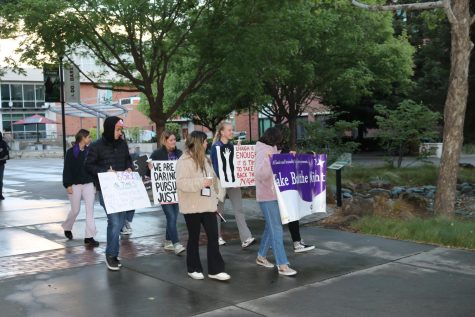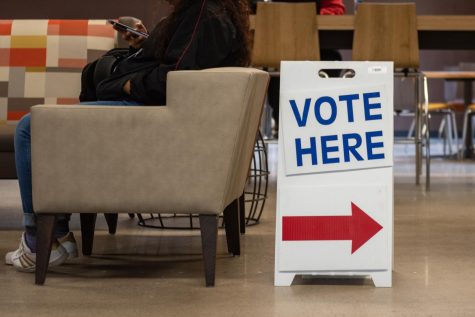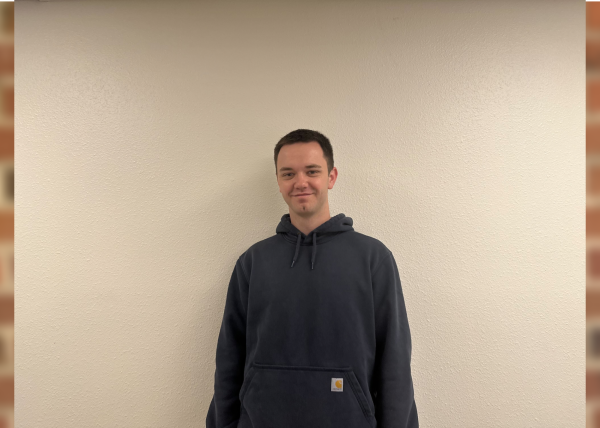Prescribed fire lights sustainable path forward
Current botany Master’s student Mitch Bamford participates in a previous controlled burn. Photo credit – Jason Halley – CSU Chico University Photographer
The smoke looming over the Chico horizon Thursday afternoon was no cause for residential alarm. The Big Chico Creek Ecological Reserve (BCCER), Terra Fuego and Cal Fire conducted a prescribed burn across a 25 acre area reducing would-be-fuel for larger fires.
Under director Eli Goodsell, the ecological reserves have revitalized and implemented several programs that emphasize forest management as a means of increasing both global and local sustainability.
Having once been in the master’s program focused on environmental policies and planning at Chico State, Goodsell said that he knows Chico State students are passionate about sustainability,
“But,” Goodsell said, “people sometimes don’t make the connection between wildlife management and the mitigation of disasters.”
According to Goodsell’s reflection in the reserves’ annual report, disasters like the Camp Fire contribute significantly to carbon emissions. The 2018 California wildfire season resulted in the release of 68 million tons of carbon dioxide, the equivalent of 14 million car emissions over the course of a year.
Various programs at the reserves offer opportunities for Chico State students to get involved with this educational facet of a sustainable future.
The Thursday burn, for example, was assisted by several students who are undergoing a federally recognized firefighting type 2 certification. The reserve’s fifteen vegetation communities make the land ideal for learning about fire mitigation in various environments.
Between 2018 and 2019, the reserve expanded their Land Steward Internship program which allows students to gain hands-on experience with land management and restoration. Typically, students participate by removing excess brush from the landscape and mounting cameras for the monitoring of wildlife.
Beyond learning to maintain the land, Chico State students have also helped pass sustainability knowledge on to younger students as volunteers in the K-12 Outdoor Classroom program.
In a talk about the reserves, Outdoor Educational Coordinator John Aull emphasized the importance of showing kids the resilience of the land and how to protect it.
“I really like doing field trips out at Butte Creek,” Aull said. “It really shows the kids and adults too – parents, teachers – that we do live in a fire-adapted landscape, and that nature does recover. You show them things like all the wildflowers that grow from bulbs — all the flowers from the lily family. Those respond very well to fire. You show them the plants that are vigorously resprouting like the elderberries and the red bulbs and the live oaks.”
Between all the programs, over one thousand Chico State students visited the reserve between 2018 and 2019. There were 30 K-12 field trips, 22 graduate students who conducted research at the reservation, and 73 acres treated with prescribed fire.
President Gayle Hutchinson who recently released a new strategic plan that aims to make Chico State climate neutral by 2030 commented:
“The BCCER provides us with an ideal location to explore solutions related to climate change and its impact on our environment.”
Thursday morning’s prescribed burn may prove to be more than a simple precaution. Land maintenance projects such as this indicate small steps in a long journey toward a sustainable future.
To learn more or get involved at the reserve, contact Aull or Goodsell, or visit the BCCER website.
Emily Neria can be reached at [email protected] or on twitter @NeriaEmily.



